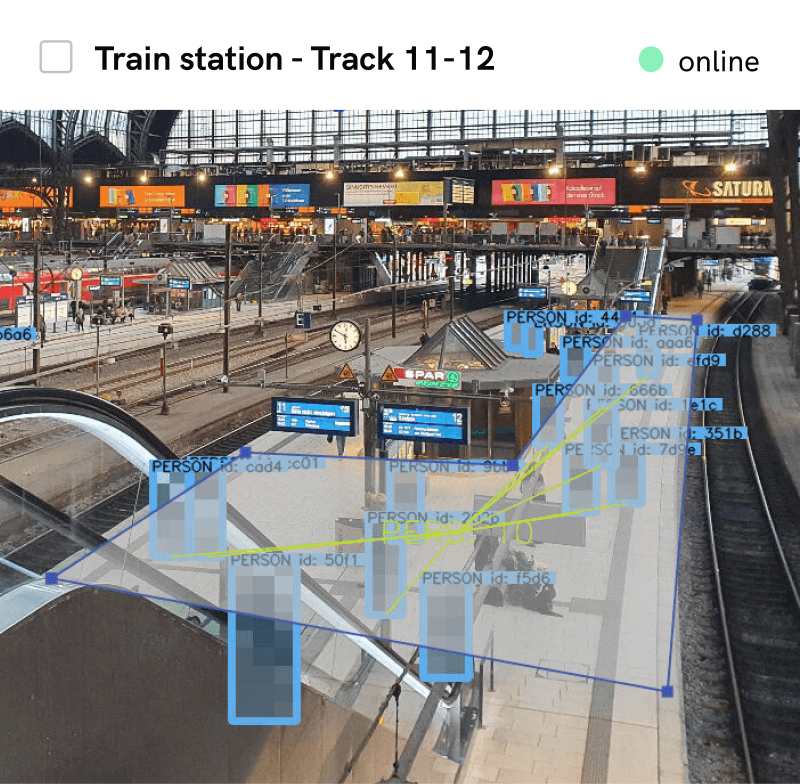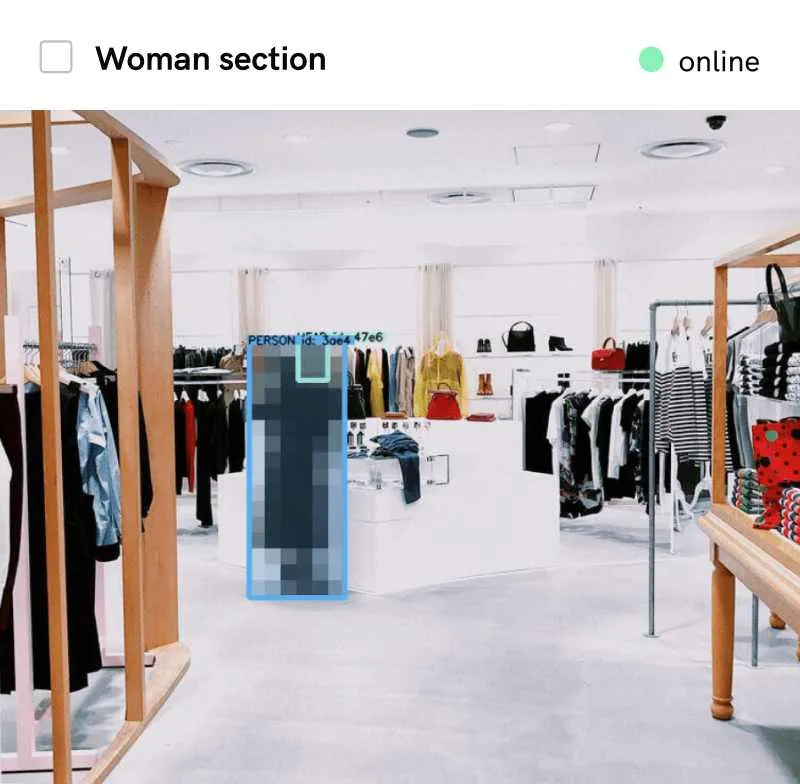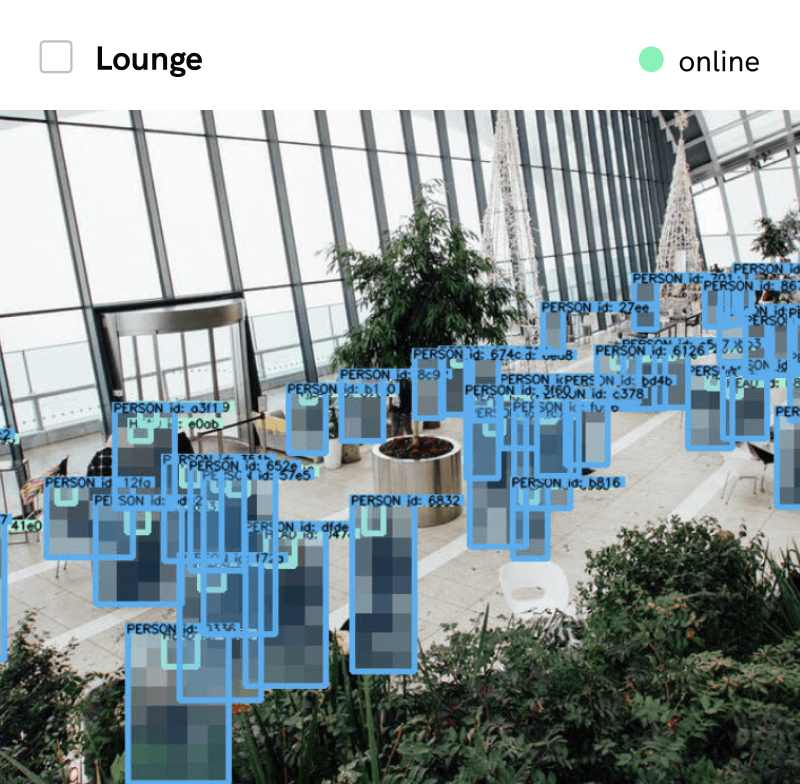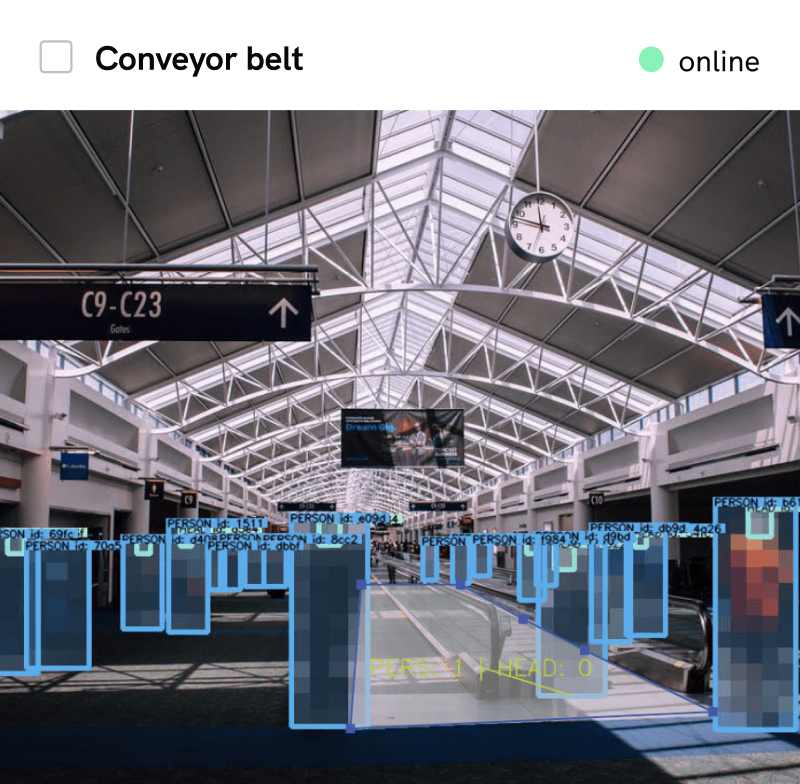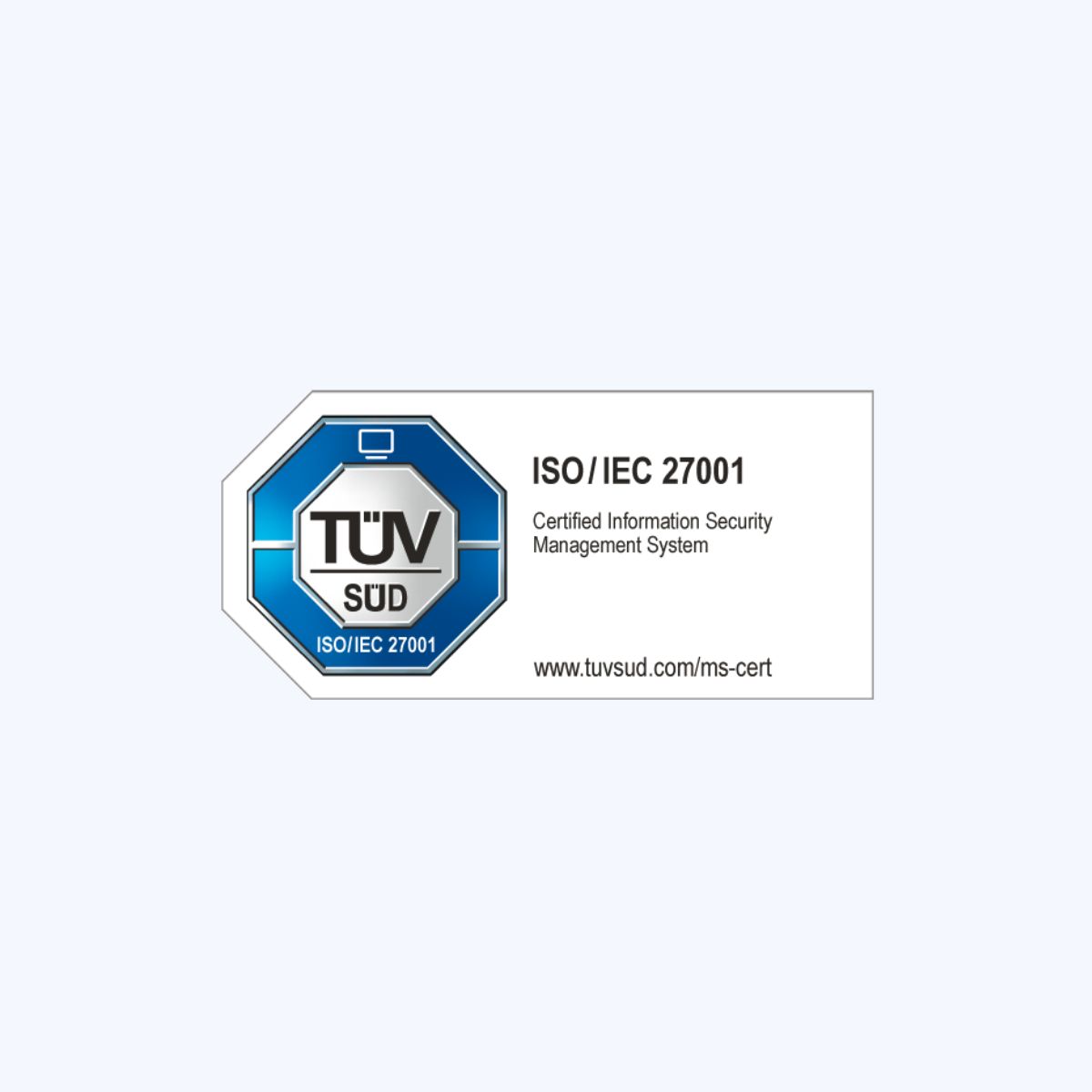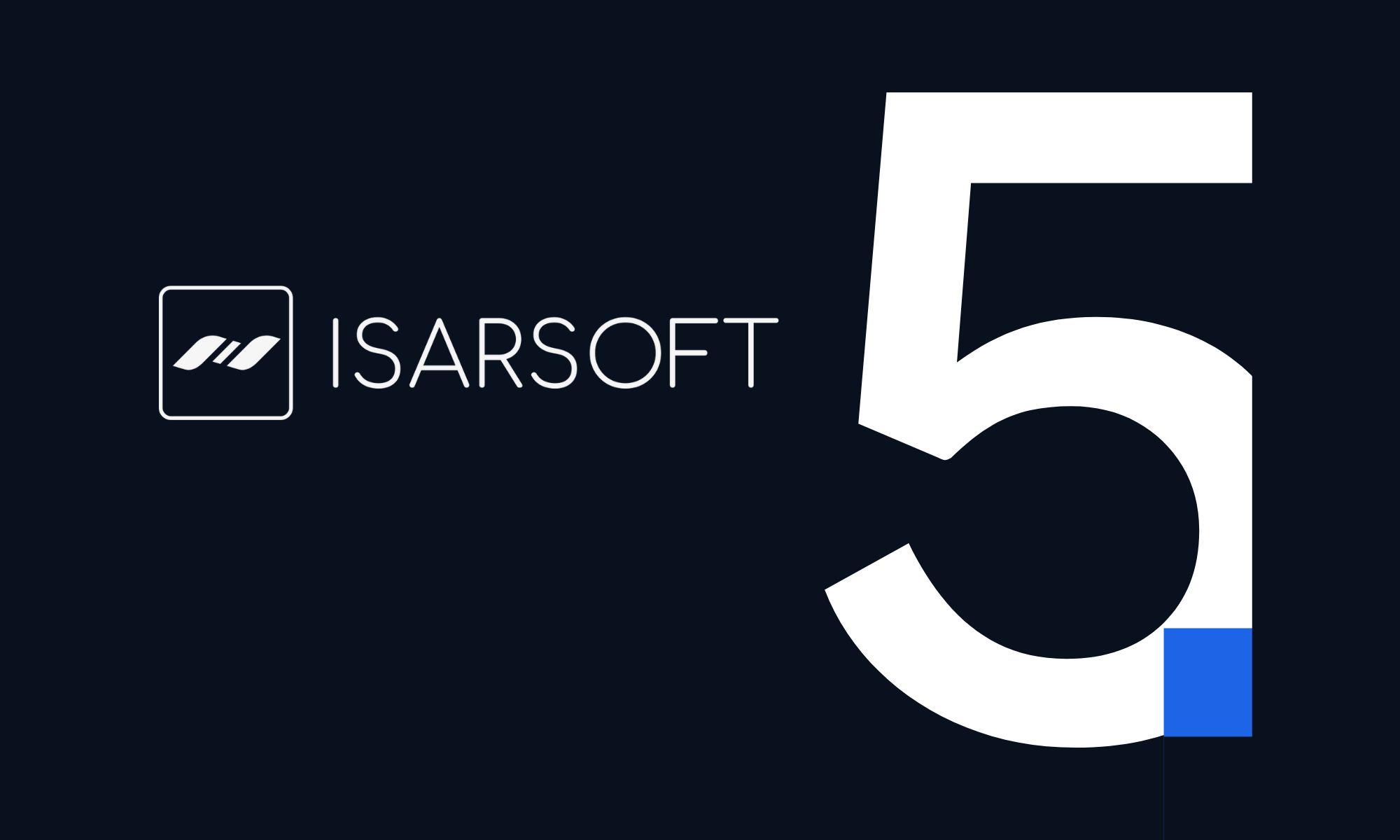Video Analytics on the Edge
Edge computing essentially refers to a phenomenon that allows the processing of data to happen at a location that is closer to where it is being collected.
Published
September 23, 2022

Edge computing essentially refers to a phenomenon that allows the processing of data to happen at a location that is closer to where it is being collected. It was first developed as an attempt to reduce high bandwidth costs that cloud servers generate, on account of the server often being many miles away from the device collecting data.
Edge deployments involve local systems, networks and connected devices. Applications such as the running of software, storage and analysis are performed locally,
That is not all. Edge computing is an increasingly preferred alternative to the more conventional paradigms of cloud computing, with video analytics being deployed on-edge to address need-specific situations.
Edge computing does not suffer from the same latency issues that cloud computing does and provides an overall assurance that the processing time, being short, will not affect the application’s performance. The advantages do not stop here - edge computing enables a better system of data management, generates lower connectivity costs and is more reliable in terms of a secure connection. To top it all of, edge computing enables users access to higher privacy standards. Data on the cloud is subject to certain inadvertent risks as a result of its public location. This is not the case with edge devices where your data is truly your own.
Timeline: Why is Edge Computing so popular at the moment?
A local source of processing and analysis is especially important for solving problems in real time, a concept that is particularly noteworthy in today’s world of 5G and IoT devices. Mobility planners want quick, intuitive analysis - a feat that is made possible by edge computing.
In a recent study conducted to factor in three different time horizons, the short-term (one to two years) development of edge technology faces certain challenges such as fragmentation and the retirement of 3G. The next couple of years are more promising with more effective edge management and a hybrid system that will allow companies to combine edge and cloud computing. Finally, a long-term vision (six to ten years) witnesses the undeniable superiority of edge computing with advancements in the network, public 5G rollouts and suitable infrastructure.
Take, for example, traffic analysis. An average-sized city has between 10-15 cameras in every large street and main intersection, each of which constantly collects relevant data that are pertinent to safety-critical events. In order to be able to be quick on the uptake, the data has to be processed within very little time and reach the personnel in charge. With more and more cities adopting smart technologies for their city and traffic planning processes, it is only natural that the technology itself evolves to suit the clients’ needs.
Isarsoft has delved into this particular domain, most notably in our collaboration with Stadtwerke Münster. LTE networks commonly use edge computing as do other cellular networks such as 5G. An alternative to LTE is LoRAWAN, as observed in our case study with Stadtwerke Münster where LoRaWAN was used for transmission.
Recent predictions state the same. It is estimated that by the year 2025, almost one-third of workloads in the world will be functioning on the edge. In a study conducted by Statista, the global edge computing market is expected to witness considerable growth over the following few years.
%20vs%20Year.png)
Use Cases
Where can edge computing be deployed? This omniscient question has a many-fold answer meaning, simply, that edge computing witnesses use in a volley of different scenarios.
.png)
What’s next for Edge Computing?
As the amounts and requirements of data continue to increase, the future of edge computing is slowly but surely taking shape.
There are several factors indicative of the popularity of edge computing. As developers strive to implement sustainability into their work, edge technology is possibly the biggest example of how innovation can further true change. Not only is ‘being on the edge’ cost-effective, it is coherent with the fact that network coverage is improving everywhere, thereby facilitating widespread deployment of in-edge devices.
In order to create a holistic environment where the growth of edge computing can be fostered and sustained, it is important also to address the foreseeable obstacles that lie on the way. For edge computing to truly take off, there would be the requirement of a well-established network of vendors with the capabilities to address complex issues. Security is another salient concern, with every connected device becoming a potential target for tampering.
However, major changes in technology are expected across these horizons.
How does Isarsoft Perception deploy edge devices?
Isarsoft Perception is a full software solution that can be deployed on-premise, in-edge and in cloud servers. It offers perfect functionality in each of these environments and can also be deployed in situations containing a combination of edge and cloud devices.
Edge deployment of Isarsoft Perception offers round-the-clock analytics for time-critical eventualities like crowd counting, accident prevention and queue management.
In our collaborations with clients and partners, Isarsoft Perception has featured in quite a few different edge platforms. A brief overview includes:
A burgeoning phenomenon in the field of video analytics, edge computing heralds a new era of analytics as we know it. Notwithstanding the technological infrastructure it will need to flourish properly, all evidence points in the direction of it truly being the technology of the future.
More about Isarsoft
With Isarsoft Perception, your camera systems become part of your business intelligence. Whether the goal is to increase efficiency, customer satisfaction or safety, Isarsoft Perception provides the insights needed for informed decisions.
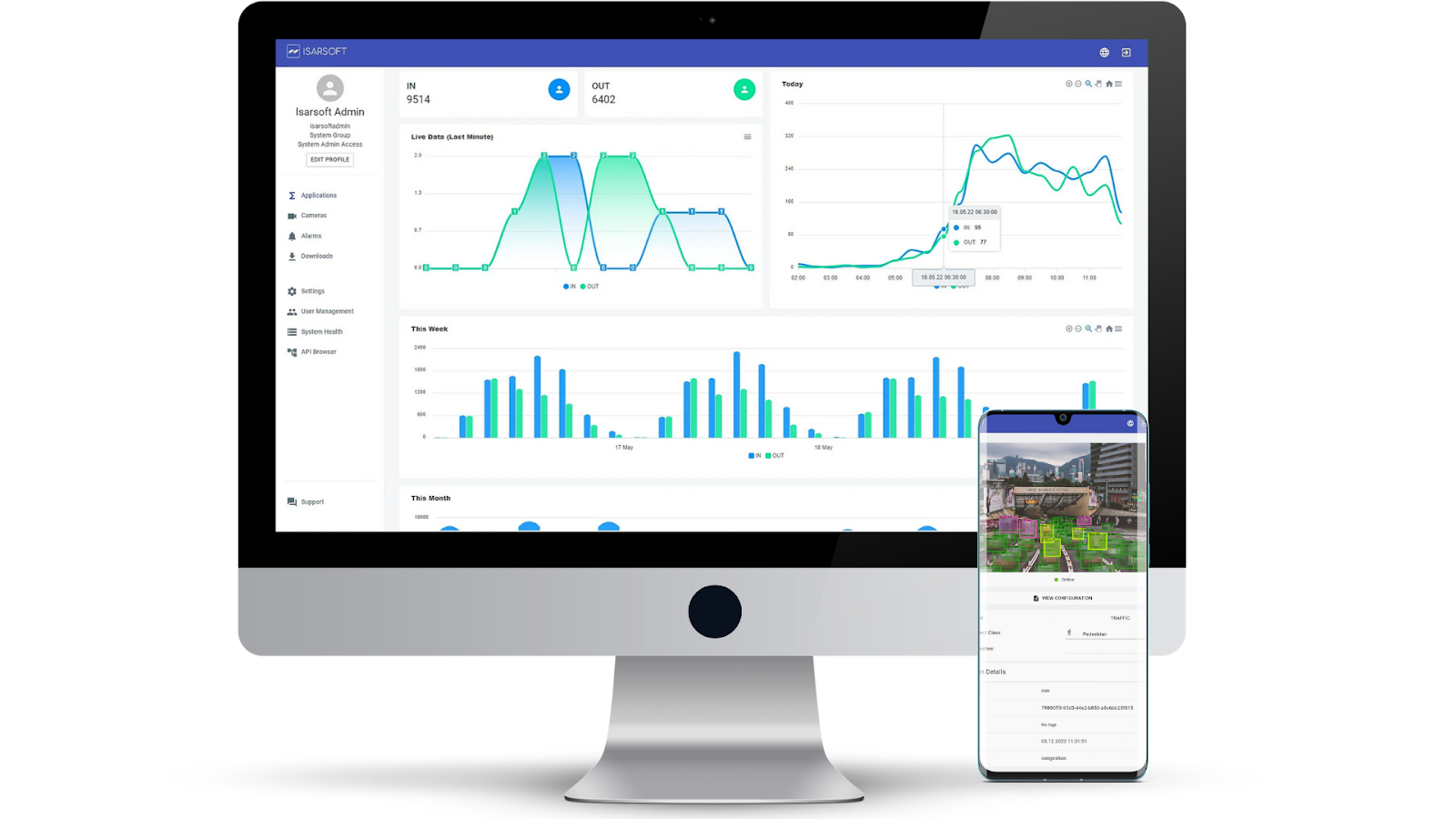
Contact us, to learn more about how to turn security cameras into intelligent sensors.
Optimize your business processes.
Utilize Isarsoft’s intelligent video analytics to optimize operations and tracking footfall traffic in real time.
